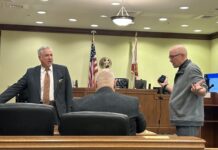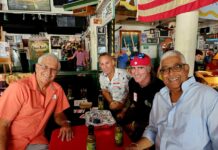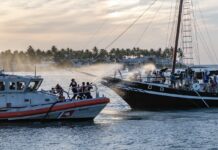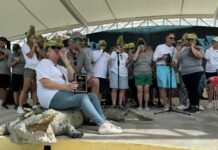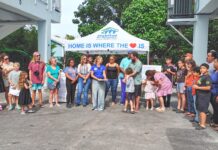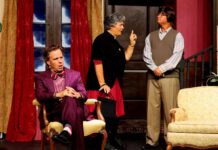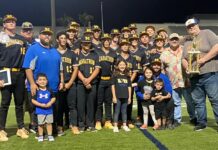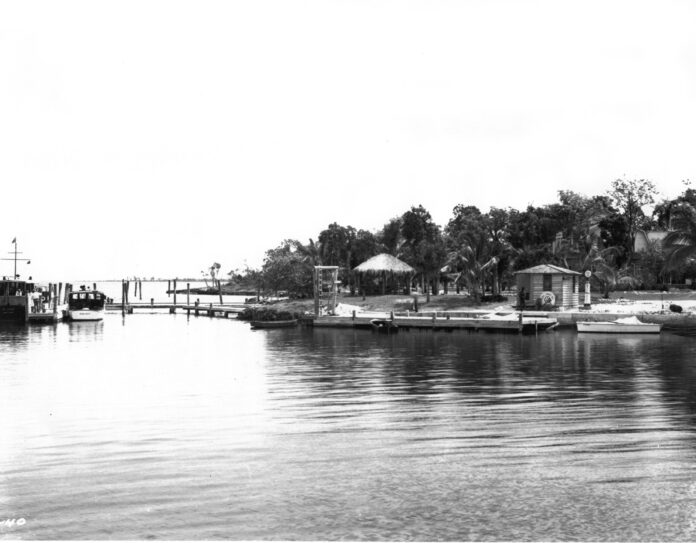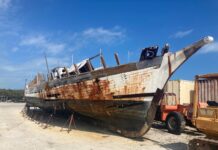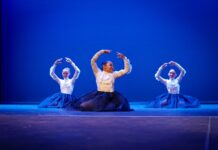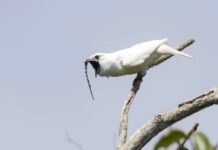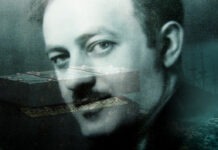The Florida Keys have a tremendous history. It’s one of the reasons people – like Cori Convertito, curator at the Key West Art & Historical Society; Corey Malcolm, Monroe County’s lead historian; and David Sloan, who gives a lot of his time and expertise while infusing the island chain with tremendous Key lime pie, paranormal (ghosts, portals, and Robert the Doll), and Key West Firehouse Museum history and so much more – spend so much time working to tell these islands’ stories.
The entire Florida Keys story will likely never be told – at least not that any of us will hear or read. New sources routinely come to light, and when they do, they often put a new spin on some piece of history – and the more life given to history, the more it grows.
Those of us sharing the local history are just scavengers pushing our fingers at old documents and hoping that something appears that causes us to jump back in our chairs. It is not uncommon for new information to be gleaned from the dusty pages of history. While I cannot speak for others who ply their historical trade along this island chain, it is the uncovering of a truth, the learning that excites and keeps me engaged.
That being said, the history hole can get deep and consume more time and effort than it might seem worth. This would be tedious work if I did not love digging down into it as much as I do. However, the discovered information sometimes adds context or alters a previously documented piece of history. For instance, last year, I did a little sleuthing around North Key Largo and came across information refuting what I thought was a long-standing history.
Because I accepted the generally told story about the early history of the exclusive Anglers Club, I parroted it in my book “Key Largo” (Arcadia Publishing, 2012). What I found is not mind-blowing history but an important distinction.
As an entry in a book attempting to encapsulate a great deal of history into as few words as possible, the new information might amount to rewriting a couple of sentences. However, for someone who spends an inordinate amount of time digging into nooks and crannies (and always looking for my next column idea), I totally dig this kind of minutia.
As the Anglers Club story has always been told, somewhere around the turn of the 20th century, the North Key Largo property was owned by an attorney named C.E. Chillingsworth. Allegedly, he sold the 40-acre property to William Scott from North Dakota in 1912.
First, the Chillingsworth connection is suspect. Second, it was never about 40 acres. Truthfully, the Chillingworth (as the name is properly spelled) confusion could simply result from a typographical error. C. E. Chillingworth, Curtis Eugene Chillingworth, was born in West Palm Beach, Florida 1896. In 1912, he would have been a 16-year-old boy, and probably not buying and selling property (or practicing law).
It is more likely that the transaction, if it occurred at all (because that is, too, in question), was between Scott and Curtis Eugene’s father, Charles Curtis Chillingworth. It is easy to see that the elder C.C. Chillingworth’s name might be mistyped as C. E. because, on a typewriter’s keyboard, the “e” and the “c” are within striking distance of each other.
The bigger problem is there does not seem to be a single reference connecting Chillingworth, Scott, or Key Largo in property records or newspaper stories – and W.A. Scott is talked about fairly frequently in the local newspapers. While a connection may exist, a document has yet to be publicly revealed. However, this is not to say that the West Palm Beach lawyer cannot be connected to the Northern Keys, because he totally can.
Charles Curtis Chillingworth was born in New York and later moved to Florida with his father. By the turn of the 20th century, C.C. Chillingworth was a prominent West Palm Beach citizen and one of its first two attorneys. The other was his partner, G.G. Currie. Chillingworth and Currie became law partners in 1897. By 1918, he was a judge, and in 1921, he was West Palm Beach’s official attorney.
How is Chillingworth connected to the Florida Keys? The Florida Star reported in its Oct. 17, 1902, edition: “C.C. Chillingsworth, of West Palm Beach, will soon commence improving his property on Elliott’s Key on quite an extensive scale. He will engage in growing pineapples. The Florida Keys have within the last few years become quite popular as a pineapple growing section.”
Whoever sold the property to William Scott and whoever he sold it to, identifying it as a 40-acre parcel is troubling, too. The earliest transactions I have found involving the original property, identified as Government Lot 1, indicate that it was not until Feb. 8, 1932, that a 40-acre property transaction occurred. On that date, the Roney Investment Company bought the 40-acre section of Government Lot 1 to establish the North Key Largo base of the Florida Year Round Club – the precursor to the Anglers Club. In the days that followed that transaction, a flurry of property deals were made and the parcel was bought and sold several times.
What is clear is that the early transactions for the property create a tricky trail to navigate – also, the original transaction made circa 1912 still has a broader story to tell. It also appeared to be at least a 75-acre property. As Johnny Carson used to say back when he was hosting “The Tonight Show,” and that little sparkle would glint in his eyes, “Wild, wild stuff.”
